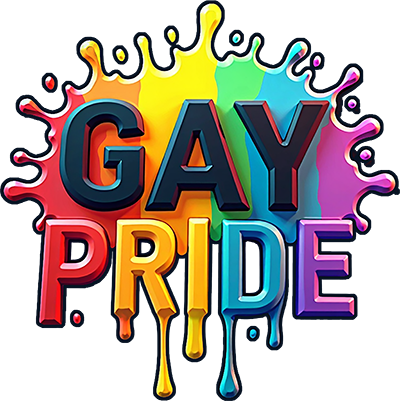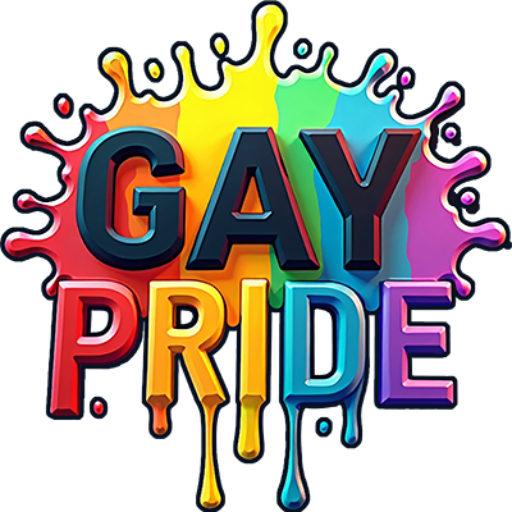The Influence of LGBTQ Culture on Fashion Trends 🌈
The fashion industry has always been a vibrant tapestry of creativity and expression. Over the years, one significant influence has been the LGBTQ community, whose unique perspectives and boldness have reshaped fashion trends worldwide. In this blog post, we’ll delve into how LGBTQ culture has left an indelible mark on the fashion world, blending history, personal stories, and future outlooks. Let’s get started!
Table of Contents
1. Introduction
2. The Historical Context of LGBTQ Influence on Fashion
3. Iconic LGBTQ Designers and Their Impact
4. Fashion as a Form of Activism 💪
5. Modern Trends Inspired by LGBTQ Culture
6. The Future of Fashion: Inclusivity and Diversity
7. Conclusion
8. FAQ Section
The Historical Context of LGBTQ Influence on Fashion
To understand the influence of LGBTQ culture on fashion, we must first travel back in time. Throughout history, LGBTQ individuals have often used fashion as a tool for self-expression and resistance. In the 1920s, the flapper style embraced by lesbian communities began to challenge traditional gender norms. Fast forward to the 1960s and 70s, when the LGBTQ rights movement gained momentum, fashion became a powerful statement of identity and rebellion.
The iconic Stonewall Riots of 1969, for example, were not just a turning point for LGBTQ rights but also influenced and inspired a wave of fashion that celebrated freedom and individuality. The bold colors, patterns, and androgynous styles that emerged during this period continue to inspire designers today.
Iconic LGBTQ Designers and Their Impact
Several LGBTQ designers have made significant contributions to the fashion industry, leaving behind legacies that continue to inspire. Designers like Gianni Versace, known for his bold and opulent designs, and Alexander McQueen, famous for his avant-garde and theatrical runway shows, have shaped the fashion landscape in profound ways.
These designers did more than just push boundaries; they redefined them. They infused their collections with elements of their personal experiences, often challenging societal norms and celebrating diversity. Their influence extends beyond clothing, impacting how society perceives gender and identity.
Fashion as a Form of Activism 💪
Fashion isn’t just about aesthetics; it’s a form of activism. For many in the LGBTQ community, fashion is a way to make a statement, to be seen and heard. During Pride events, for instance, fashion plays a crucial role in conveying messages of empowerment, acceptance, and love. From rainbow-colored outfits to protest T-shirts, clothing becomes a canvas for activism.
Designers and brands are increasingly supporting LGBTQ causes, recognizing the importance of inclusivity and representation. Initiatives like gender-neutral collections and campaigns featuring diverse models have gained momentum, reflecting a shift towards a more inclusive fashion industry.
Modern Trends Inspired by LGBTQ Culture
Today, we see numerous fashion trends rooted in LGBTQ culture, celebrating individuality and breaking away from traditional norms. Androgynous fashion, which blurs the lines between masculine and feminine styles, has gained popularity, challenging conventional gender roles. The rise of unisex clothing lines and the embrace of bold, vibrant colors are direct influences of LGBTQ fashion.
Additionally, the concept of “gender fluidity” in fashion has emerged, encouraging people to wear what makes them feel authentic, regardless of societal expectations. This shift towards personal expression and authenticity has been largely driven by the LGBTQ community’s influence.
The Future of Fashion: Inclusivity and Diversity
The future of fashion looks bright, thanks to the ongoing influence of LGBTQ culture. As society becomes more accepting and inclusive, the fashion industry is poised to reflect these values even more robustly. Brands are increasingly prioritizing diversity in their campaigns, showcasing models of all genders, sexual orientations, and backgrounds.
Moreover, as the conversation around sustainability grows, the fashion industry is expected to embrace ethical and inclusive practices. The focus will likely be on creating clothing that is not only beautiful but also meaningful and sustainable, aligning with the values of the LGBTQ community.
Conclusion
The influence of LGBTQ culture on fashion is undeniable, and its impact is both profound and inspiring. By challenging norms, celebrating diversity, and using fashion as a platform for activism, the LGBTQ community has reshaped the industry in significant ways. As we look to the future, one thing is clear: the vibrant, inclusive spirit of LGBTQ culture will continue to inspire and drive fashion innovation.
FAQ Section
1. How has LGBTQ culture influenced modern fashion trends?
LGBTQ culture has led to the rise of trends like androgynous fashion, gender fluidity, and the celebration of vibrant colors, all of which challenge traditional gender norms and encourage personal expression.
2. Who are some famous LGBTQ designers who have impacted fashion?
Notable LGBTQ designers include Gianni Versace, known for his opulent designs, and Alexander McQueen, renowned for his avant-garde runway shows. Their work has significantly shaped the fashion industry.
3. Why is fashion considered a form of activism in the LGBTQ community?
Fashion serves as a powerful tool for self-expression and resistance, allowing individuals in the LGBTQ community to convey messages of empowerment, acceptance, and activism, particularly during events like Pride.
4. What role does diversity play in the future of fashion?
Diversity is increasingly becoming a priority in fashion, with brands showcasing models of various genders, sexual orientations, and backgrounds, reflecting a shift towards a more inclusive industry.
5. How can fashion brands support LGBTQ inclusivity?
Brands can support LGBTQ inclusivity by creating gender-neutral collections, featuring diverse models in campaigns, and supporting LGBTQ causes through initiatives and collaborations.

